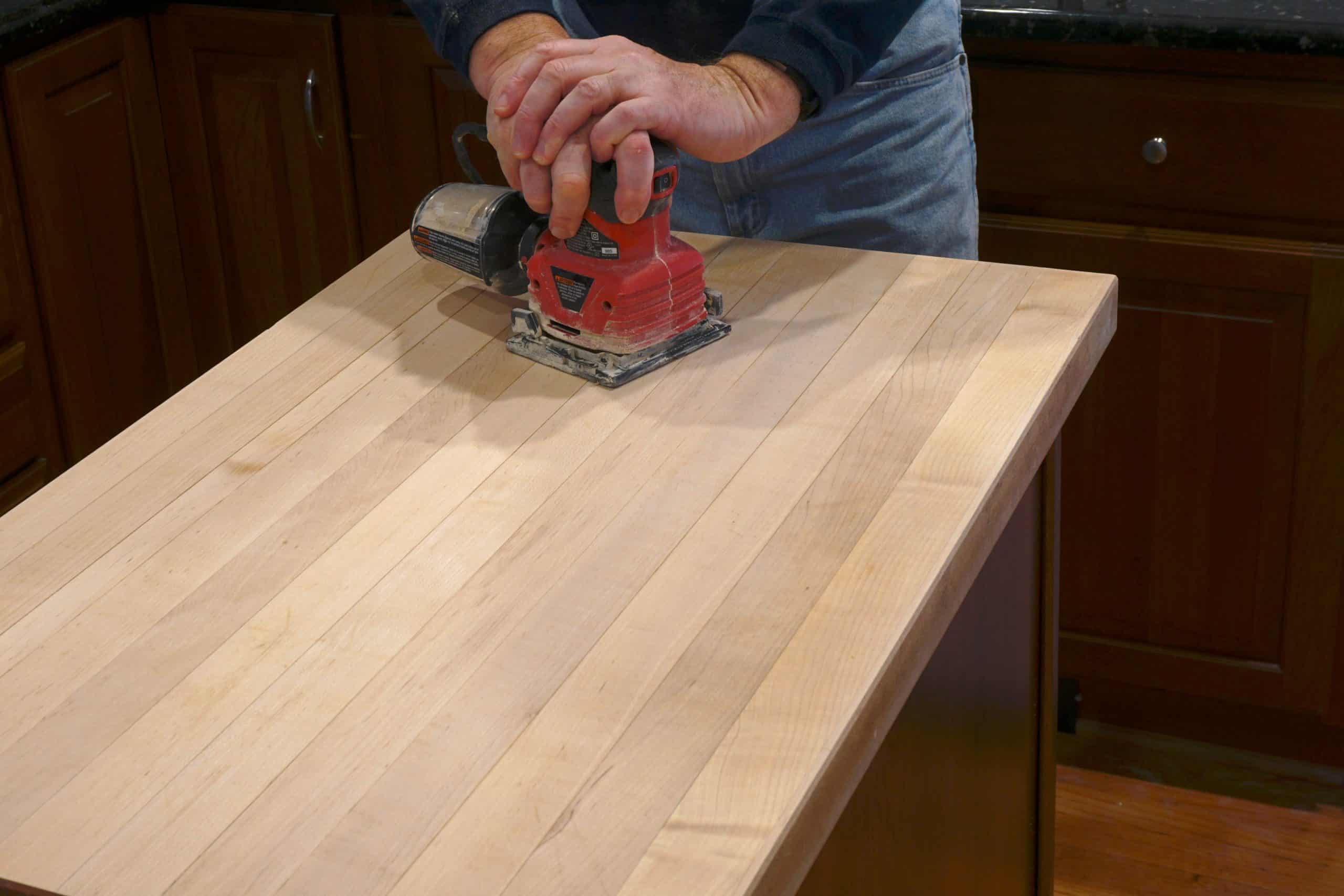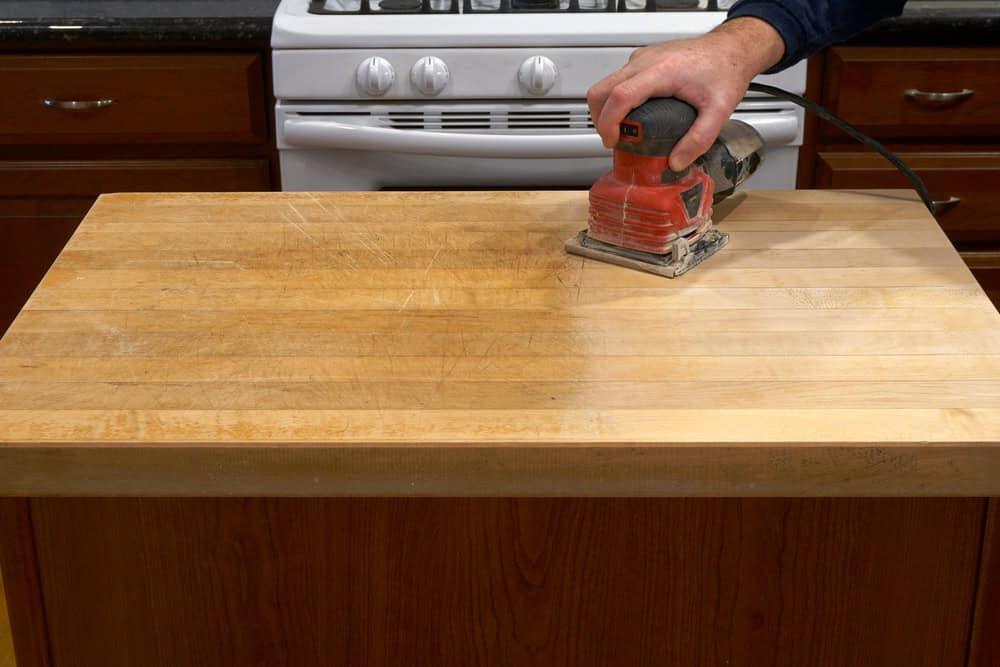Is your kitchen crying out for a makeover? Countertop refinishing in Garment District, NY, is the answer. Bid farewell to those unsightly cuts, spills, nicks, and stains that have marred your surfaces. With Diamond Stone Restoration Corp’s skilled touch, your tired countertops can be reborn into eye-catching features. Ready to give your space a fresh, new vibe?

Hear from Our Customers

Countertop refinishing in NY offers a practical and stylish solution for homeowners seeking a kitchen or bathroom refresh. It’s a cost-effective method to achieve the desired aesthetic without incurring significant expenses. With Diamond Stone Restoration Corp’s expertise, your countertops will not only regain their former beauty but also gain enhanced durability.
Diamond Stone Restoration Corp is a trusted name in New York City for countertop refinishing. We are a team of artisans passionate about transforming surfaces using premium materials that guarantee resilience and elegance. From marble countertop restoration to everyday countertop repair, we approach each project with dedication and precision. Our local presence in Garment District allows us to understand the specific needs of our community, ensuring your countertops receive the attention they deserve. We use high-grade epoxy resins and specialized pigments to achieve a finish that is both stunning and long-lasting. Our team’s training includes advanced techniques for color matching and surface preparation, guaranteeing a seamless and professional result.


Ready to get started?
Choosing countertop refinishing in Garment District with Diamond Stone Restoration Corp is a wise decision for homeowners who value both aesthetics and practicality. Our service goes beyond mere surface improvement; it’s about creating spaces that inspire. We understand that your home is your sanctuary, and we’re dedicated to helping you make it as beautiful and functional as possible. With our exacting approach and adherence to excellence, we can modify your worn-out countertops into showstoppers. Contact us today for a consultation and discover the potential of refinement.

New York City first assumed its role as the center of the nation’s garment industry by producing clothes for slaves working on Southern plantations. It was more efficient for their masters to buy clothes from producers in New York City than to have the slaves spend time and labor making the clothing themselves. In addition to supplying clothing for slaves, tailors produced other ready-made garments for sailors and western prospectors during slack periods in their regular business.
Prior to the mid-18th century, the majority of Americans either made their own clothing, or if they were wealthy, purchased “tailor-made” customized clothing. By the 1820s, however, an increasing number of ready-made garments of a higher quality were being produced for a broader market. The production of ready-made clothing, which continued to grow, completed its transformation to an “industrialized” profession with the invention of the sewing machine in the 1850s. The need for thousands of ready-made soldiers’ uniforms during the American Civil War helped the garment industry to expand further.
Women were the main workforce before 1840. However, by 1880 men took most of the skilled positions previously held by women due to the massive migration of Jewish men from Poland and Russia. Many of them were tailors that adapted to machine production. German and Central European immigrants to America around the mid-19th century arrived on the scene with relevant business experience and skills just as garment production was passing from a proto-industrial phase to a more advanced stage of manufacture. In the early twentieth-century a largely Eastern European immigrant workforce powered the garment trades. Russian Jews recruited workers from their hometowns and broke the production into tasks able to do by less-skilled workers. Writing in 1917, Abraham Cahan credited these immigrants with the creation of American style:
Learn more about Garment District.Local Resources
Useful Links
Ready To Restore The Beauty Inside Your Stone?
Show the beauty of your stone and your floor when you get help from DSR. Let’s work together to give you the best results possible. Contact us today!
Diamond Stone Restorations Corp
Company
Support
Useful Links